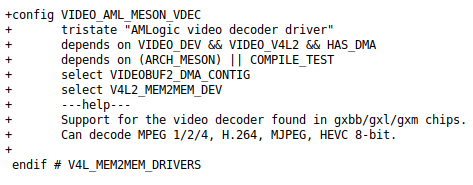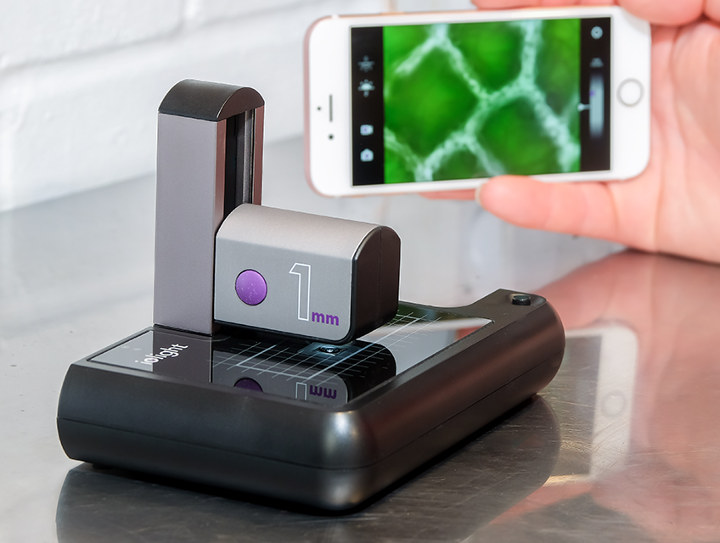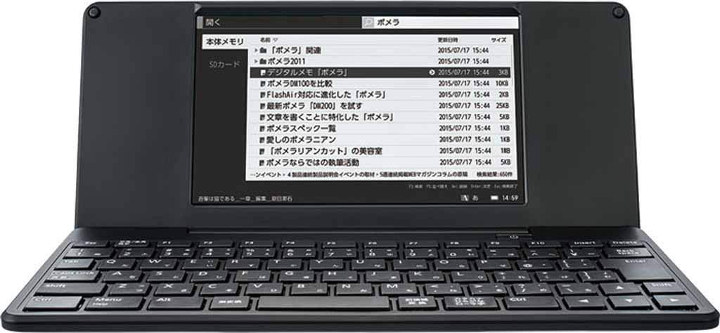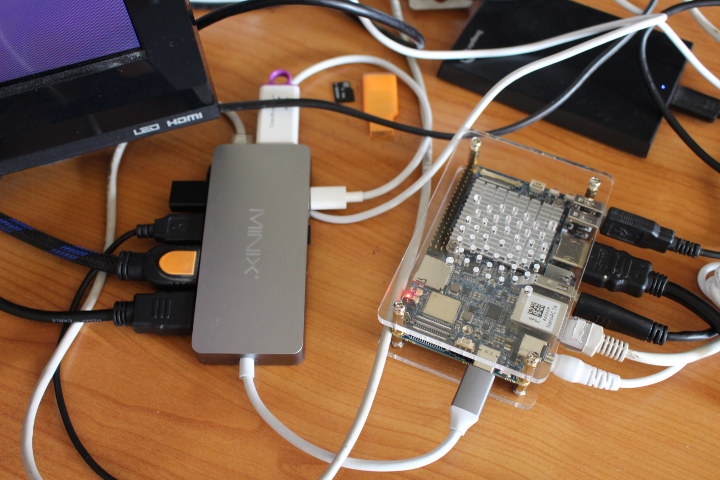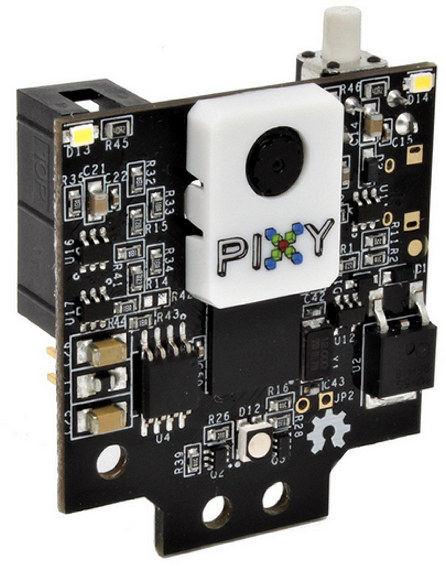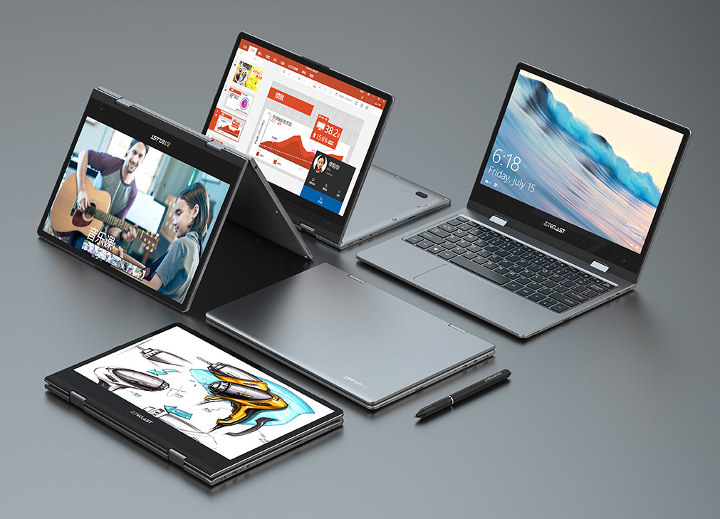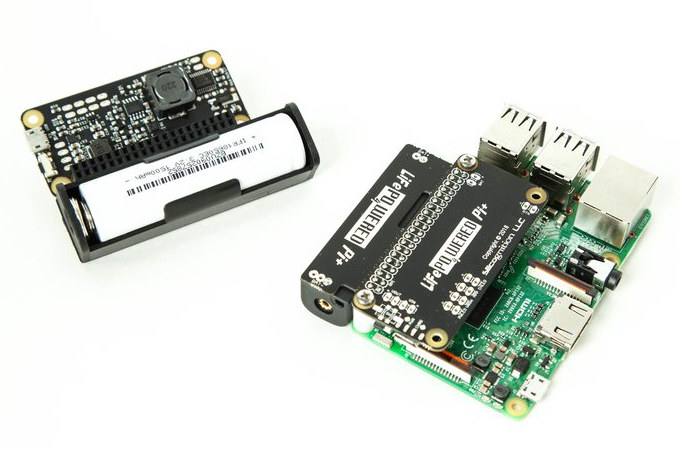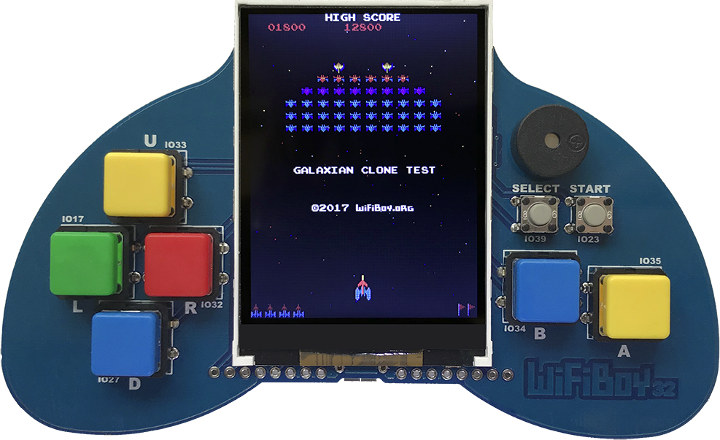Allwinner processors aren’t the only ones getting an open source hardware video decoding / encoding support in Linux, as Maxim Jourdan recently submitted a patchset to Amlogic Linux mailing list adding a video decoder driver to some Amlogic processors. The driver is written around the V4L2 M2M framework and currently supports MPEG 1/2/4, H.263, H.264, MJPEG, and (partially) HEVC 8-bit codecs. The driver has been tested with FFmpeg, GStreamer, and Kodi, and currently works on S905 (Meson GXBB), S905X/W/D (Meson GXL), and S912 (Meson GXM) processors. Those processors also support HEVC 10-bit, VP9, and VC1 codecs, and while those are implemented yet, they should be in the future. A separate commit adds support for “Overlay plane for video rendering” which support various YUV layouts and a non-alpha RGB32 layout, and will be useful for Kodi and LibreELEC ports. I came to learn about those two patchsets thanks to Neil Armtrong […]
ioLight High Resolution Portable Microscope Works with Tablets and Smartphones
We’ve all read about those cheap USB microscopes that can be used to checkout PCB issues or read IC part numbers, but ioLight is a different beast. The device is a proper microscope offering up to 1 μm resolution that could be used by a biologist in the field coupled with an Android mobile device, an iPhone, or iPad. ioLight portable microscope specifications: Magnification Field of view (FoV) – 1mm fixed width, giving ~ x200 on a 9.7″ screen. Larger screens give greater magnifications Digital zoom on captured image to x500 on 9.7″ screen Resolution – 1µm (0.001 mm) Working distance – 1mm from lens to sample Illumination – Adjustable top and bottom illumination Sample stage – Glass Image / Video format 5MP (2592 x 1944 pixels); JPEG; color MPEG-4; color; up to 1296 x 972; 10 fps Images and videos are stored in the tablet’s camera roll ready for […]
KINGJIM Pomera DM200 Rockchip RK3128 Portable Mini Computer Can Run Debian
Ultra mobile portable computers (UMPC) are somewhat making a come back with products such as GPD Pocket 2 or DragonBox Pyra open source handheld computer. While being fairly powerful, neither devices are particularly inexpensive, and if you are looking for something cheaper, and admittedly much slower, I’ve been informed that Rockchip RK3128 based KINGJIM Pomera DM200 mini computer can be an option since it has been “hacked” to run Debian. By default, the device runs a Linux OS with user interface in Japanese only, and is sold as a digital memo. Some of the specifications include: SoC – Rockchip RK3128 quad core Cortex A7 processor with Mali-400MP2 GPU System Memory – 512MB RAM Storage – 4GB flash, micro SD slot up to 32GB Display – 7″ TFT LCD display with WSVGA (1024 x 600) resolution Connectivity – WiFi 802.11 b/g/n + Bluetooth 4.0 LE + EDR Keyboard – Japanese keyboard […]
A Quick Look at MINIX NEO C Plus USB-C Adapter, and Windows 10 M.2 SSD Card for N42C-4 Mini PC
A couple of weeks ago, MINIX announced their NEO C Plus USB type C adapter with 9 ports including two HDMI outputs. The company has now sent me samples of the adapter, as well as an M.2 SSD for MINIX NEO N42C-4 pre-loaded with Windows 10 Pro. I’ll first have a look at the accessories I received before testing MINIX NEO C Plus adapter with Android 7.1 running on NanoPC-T4 board. MINIX NEO C Plus and M.2 SSD Unboxing I received two USB-C multiport adapter with dual HDMI output which are identical, except for the color with one white version and a silver version, as well as a “128GB M.2 SSD for MINIX NEO N42C-4”. The USB-C adapter comes with a bilingual English-German user manual. We learn some interesting information and limitations from the device. First, the adapter is only certified to use with MacBook and MacBook Pro laptops, and […]
PIXY2 Computer Vision Camera Works with Arduino, Raspberry Pi, and Other Boards
Cameras may be used to take holiday photos, but when integrated into robotics projects there may purpose is usually to detect objects and/or patterns. We’ve previously covered specialized computer vision camera such as the Linux based JeVois camera powered by Allwinner A33 processor, HICAT.Livera machine vision board, or STMicro STM32F7 Arm Cortex M7 powered OpenMV Cam M7 open source computer vision board. Another popular option is PixyCam PIXY camera that was first launched via a Kickstarter campaign in 2013. The company has recently introduced an updated version, aptly named PIXY2, which can still detect objects – just faster at 60 fps-, and also includes new algorithms to detect and track lines or barcodes. PIXY2 camera specifications: MCU – NXP LPC4330 dual core Arm Cortex M4/M0 @ up to 204 MHz with 264KB RAM, 2MB flash Image sensor – OnSemi (previously Aptina) MT9M114 1296×976 resolution with integrated image flow processor Lens […]
Teclast F5 Laptop Features 11.6″ Fully Rotating Display, Celeron N4100 Processor, 8GB RAM, 128GB SSD
Teclast F5 is another Gemini Lake laptop based on Intel Celeron N4100 processor, with this model including a 11.6″ full HD display that can fully rotate thanks to a 360° hinge, and coming with 8GB RAM and 128GB SSD. Teclast F5 laptop is now up for pre-order on GearBest for $369.99 with free worldwide shipping. The presale ends on August 12th, and as I understand shipping starts the next day. Teclast F5 specifications: SoC – Intel Celeron N4100 quad core Gemini Lake processor @ 1.10 GHz / 2.40 GHz (Turbo) with Intel UHD graphics 600 ; 6W TDP System Memory – 8GB DDR4 Storage – 128GB M.2 2242 SSD (expandable), micro SD card slot Display – 11.6″ FHD (1920×1080) IPS touchscreen display Video Output – Micro HDMI port Audio – Stereo speaker, microphone, 3.5mm audio jack, digital audio output via HDMI Connectivity – Dual band 802.11 b/g/n/ac WiFi and Bluetooth […]
LiFePO4wered/Pi+ is a Safer and Longer Lasting UPS for Raspberry Pi (Crowdfunding)
We’ve already covered several UPS solution for Raspberry Pi boards, but LiFePO4wered/Pi+ is a little different because instead of relying on LiPo (Lithium Ion Polymer) batteries, it comes with LiFePO4 (Lithium Iron Phosphate) battery which are said to be safer and longer-lasting albeit at the cost of lower capacity. LiFePO4wered/Pi+ specifications: Two battery size options: 18650 size – 1,500 mAh 3.2 V LiFePO4 cell with up to 2A max continuous load current 14500 size – 600 mAh, 3.2 V LiFePO4 cell with up to 0.75 A max continuous load current Smart charge controller – Over-charge protection, auto-adjusting charge current, customizable maximum power point (MPP) voltage Smart power manager: I2C communication Power manager and daemon – work together to ensure clean shutdowns and provide over-discharge protection Continuous monitoring – input voltage, battery voltage, output voltage, and load current On/off button Green PWR LED & Red CHRG LED Wake timer – Wakes […]
WiFiBoy32 is an ESP32 Portable Game Console and IoT Devkit
I’ve noticed that ever since Hardkernel launched their ODROID-GO “10th anniversary” portable game console based on ESP32 processor, most of the talk on IRC and social media is about this new toy, and people almost seem to have forgotten about the company’s Arm Linux boards 🙂 But recently, I’ve come across a somewhat similar ESP32 device called WiFiBoy32 that acts as both a portable game console and an IoT development kit. WiFIBoy32 specifications: Wireless module – ESP32-WROOM-32 wireless module with 802.11 b/g/n WiFi and Bluetooth 4.2 LE connectivity Display – 2.4″ 240×320 color SPI TFT LCD display Expansion – 2x 8-pin through holes with GPIOs, SPI, DAC, I2S,ADC, VP/VN, and power signals (3.3V, Vin, GND) Misc Top – 6x large gaming buttons, select and start push buttons, buzzer Bottom – PROG and RESET buttons, user LED USB – 1x micro USB port for power and programming (CP2102) Dimensions – 120 […]


